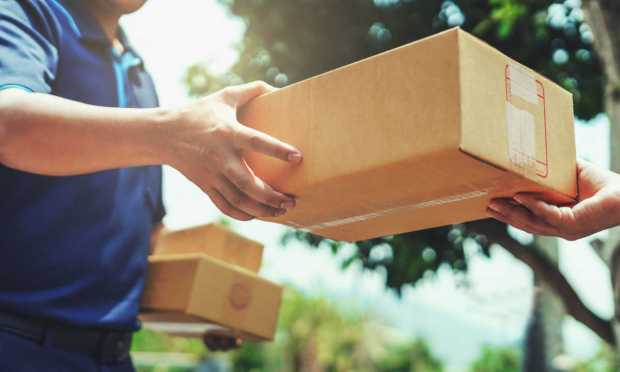Gig Economy Helps Transform Last Mile for Commerce Giants

The gig economy is helping shape the transformation of the last mile, getting goods on demand to consumers’ doorsteps …. with the help of a flexible workforce.
To that end, Walmart said during its most recent earnings call that Walmart GoLocal, its white label last-mile delivery offering, has reached a milestone of 1 million deliveries.
And as detailed in this space in tandem with earnings coverage, the company is targeted to have 5,000 pickup locations by the end of the year, up from about 2,000 locations in place earlier in 2022.
Through the past several months, the retail giant has struck several deals to keep expanding its network of retail partners for whom the GoLocal service delivers.
In one recent example, Local Express, a company that specializes in delivering foods for restaurants, bakeries and beverage purveyors, has teamed with GoLocal to offer expanded same- and next-day delivery services.
On the conference call with analysts, CEO Doug McMillon noted that GoLocal is powered by the Spark program. The drivers who work for Spark are gig workers, and as we reported soon after the GoLocal launch, in terms of mechanics for the third-party services:
The GoLocal enterprise customer orders directly from a small business. The small business’s own commerce platform will “ping” Walmart, Walmart GoLocal will dispatch a delivery driver, and then collect relevant feedback to give to the business.
Forging Delivery Ecosystems
In this sense, we’d posit that Walmart is forming a delivery ecosystem that leverages its delivery infrastructure to satisfy orders placed with Walmart directly and also manages to help Walmart benefit from its own smaller competitors’ delivery activities.
By leveraging the flexibility of the gig worker economy, there’s also the ability to ratchet up and ratchet down operations according to demand (without having a dedicated fleet on hand, which of course adds to a company’s cost structure).
We’re seeing the gig-based worker power last-mile efforts of other firms, too, of course. Uber stands out as a prime example here. Uber management noted on its own conference call with analysts that inflation is helping to spur a huge surge in driver onboarding activity — and those drivers can be (as noted on the call) “cross-dispatched” across a variety of activities. New driver signups in the U.S., the company said, are up 76% from a year ago. Freight revenue for the company was $1.8 billion in the latest quarter (in the wake of the Transplace acquisition), while delivery revenues were up nearly 37% year to $2.7 billion.
Elsewhere, as recently as three months ago, Amazon is testing a new program that will leverage its Flex driver network to bring deliveries to consumers’ doorsteps from malls in a few select locations, including in Las Vegas, Virginia and Texas.
Read also: Could Amazon’s Flex Drivers be the Shopping Mall’s Saviors?
